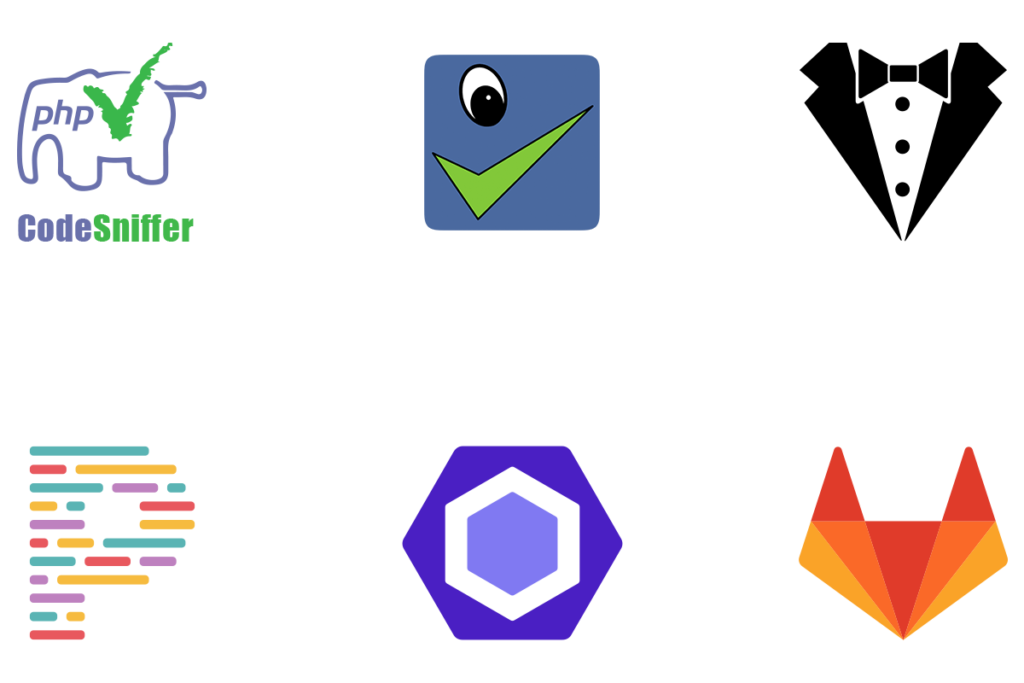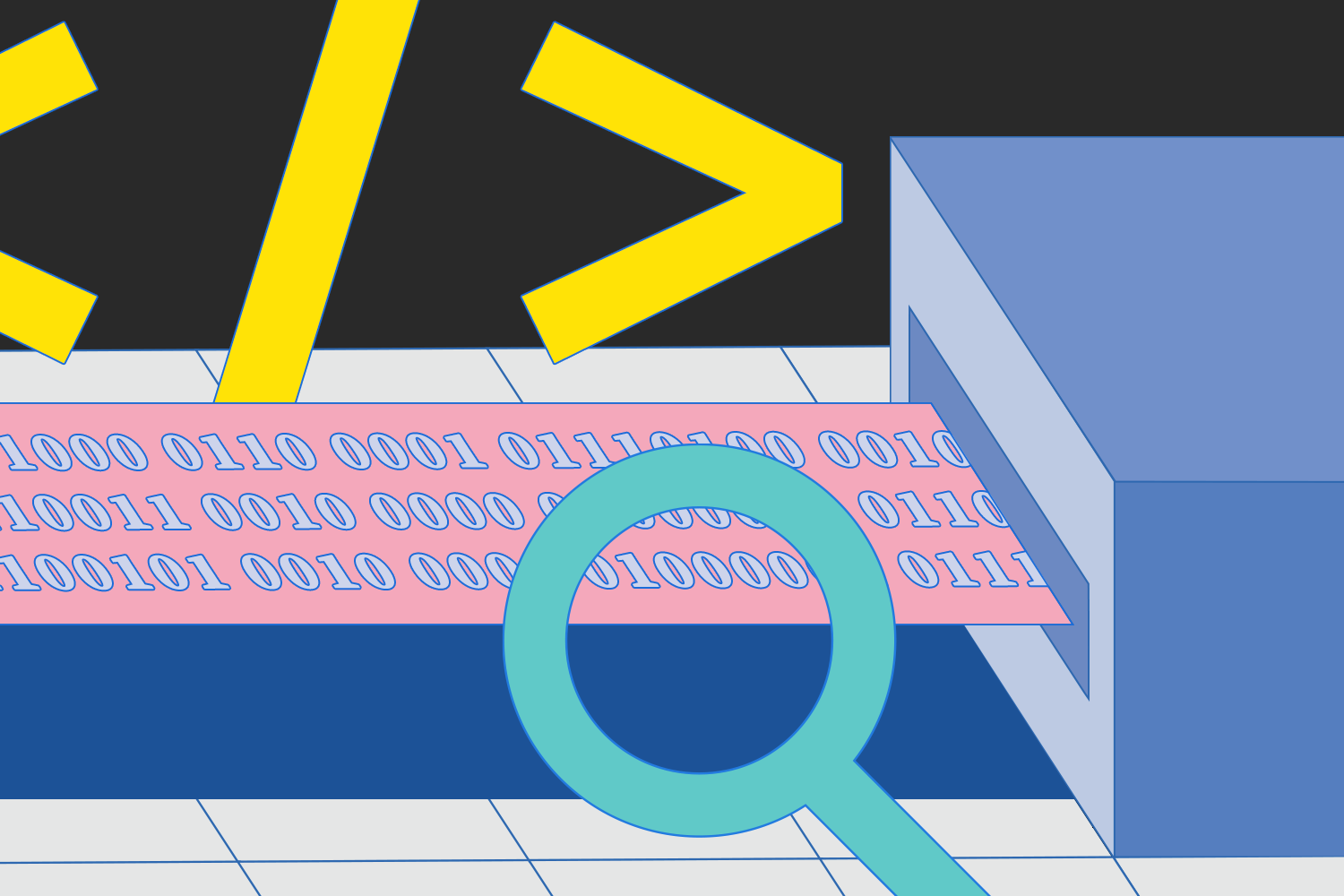If something needs to be checked under the hood, it’s probably the code. In the IT industry, nothing is hack-proof. That is why it is crucial to regularly perform your website’s controls and follow good practice basics.
Bugs in software can arise from not thoroughly testing and re-testing your code and cost the worldwide economy trillions of dollars a year.
Software plays a significant role in business, science, and engineering and is part of various systems that raise the quality of our daily lives. A secure codebase provides a solid foundation for the growth of any business.
Today, most people use one type of information: technology, computers, phones, or tablets. Users are in contact with various software made for a million different functions to use these electronic devices easily.
During software development, the need for software gradually developed a quality that has played a significant role in developing new information technologies.
This article highlights the importance of code audits and maintaining the high source code quality of the software product. We will clarify the process and talk about the benefits, tools, and final results of the software code audit.
What is the software code audit process?
Code Audit is actually testing the Source Code. The code review process aims to assess any new code for errors, bugs, and quality standards set by the organization.
A code review is an integral part of the defensive programming model that attempts to reduce errors before software release. Software reviews and audits involve a comprehensive analysis of the website code and include effective troubleshooting versions of development processes in the earliest stages.
Development, implementation, maintenance of software products and design, documentation, versioning, restructuring, and code review are the software engineer’s core business profile.
Code review is beneficial for the following reasons:
- Ensuring that you have no bugs in the code.
- Determining the security risk and minimizes the chances of having issues.
- Helps to confirm the new code adheres to guidelines.
- Enables you to increase the efficiency of the new code.
Code review helps improve the software code’s quality and decreases the bugs and errors in the program code, which leads to enhanced customer satisfaction and retention. It is also the best way to share knowledge across the team and mentor less-experienced developers.
How do you know whether your code needs an audit?
The cause for carrying an audit is some of the most vulnerable types of code and arising situations. There are few situations where it is recommended to conduct a code audit:
- if you have an old and outdated product
- you noticed some performance issues
- you see that something affects your product’s work, but you don’t understand what
- or you haven’t conducted a code review for over six months
At Async Labs, we think a code audit is essential for any product development. It ensures the code is exact and the project is ready to be delivered.
Code audits include:
- Tech stack and architecture examination
- Security vulnerabilities analyze
- Code quality check
- Performance and scalability check
- Potential maintenance issue detection
How do you conduct a code audit?
In a code review process, developers review each other’s source code. There are two roles present in a peer code review: the author and the reviewer.
The author is the person responsible for developing the reviewed code. The reviewer is the person responsible for examining that code.
There are four commonly used approaches to perform effective code reviews:
Over–the–shoulder
The over-the-shoulder is an informal and the most straightforward code review approach. In this technique, an experienced team member goes through the new code and gives suggestions.
Team discussion
Someone who has an idea suggests a way of solving an issue. This includes a sketch in the base or an approach to architecture. The team then provides input as to what the system overview should be. The best-case scenario and the best solution are usually the initial ideas.
Pair Programming
Pair programming is a time-consuming continuous code reviewing process. Two developers work together – one actively codes, and the other provides real-time feedback. This approach is very collaborative.
Tool-assisted code review
A tool-assisted code review process involves using a specialized tool to facilitate the process of code review. Tools help you assess the efficacy of the code review process with metrics, organize and display the updated files in a change, and facilitate communication between reviewers and developers.
All of the techniques above are very useful and will result in better code. No matter which approach you choose, or combine, code review is a great way to find bugs, mentor new employees, and share relevant information.
Pro-tips for effective and successful code audit:
- Since developers may be too close to the work and miss existing issues or potential threats, consider hiring a third party to perform the audit.
- Before launching the audit, create a document to specify the scope of auditing code modules and ensure that critical areas are reviewed. Create a code review checklist to clear expectations, address critical issues, and ensure team members’ consistency.
- Create goals and report on your process. Teams that report on their code reviews are much more satisfied with their process in general.
- For the most useful code analysis, make sure to utilize manual and automated code review.
- Save time and headaches by performing regular audits throughout the project’s development, at least once or twice a year. This way, you will avoid many logical issues and security vulnerabilities.
- Build a positive and robust security culture and turn mistakes into an opportunity for your team to learn and grow.

What is code analysis tool?
The primary outcome of a code review process is to increase efficiency. A code review tool automates the code review process so that a reviewer solely focuses on the code. You can choose a compatible tool with your technology stack to integrate it into your workflow seamlessly.
Code analysis tools help developers save a tremendous amount of time on fixing errors by identifying them in a matter of seconds.
There are two types of code testing in software development, and therefore two types of tools: dynamic and static. Dynamic code testing is conducted while the code is being run. Static code testing tools examine the source code without executing it.
Although there are many helpful tools used for code review, we selected the most popular, static code review tools that make software development and unit testing more effortless.
Our team at Async Labs mainly uses these static and dynamic code analysis tools:
PHPCS: PHP_CodeSniffer is a static code analysis tool that helps detect violations of pre-defined coding standards. It includes an extra tool that can automatically correct those violations.
PHPStan: PHPStan is a static tool that focuses on finding errors in your code without running it. It works best with modern object-oriented code and can catch bugs even before writing tests for the code.
Stylelint: Stylelint is a modern CSS lint that helps you avoid errors and enforce consistent conventions in your stylesheets. Some Stylelint rules aim to catch apparent errors, usually typos or oversights made when you were in a rush or distracted.
Prettier: Prettier is a an opinionated code Formatter, a tool to format .js, .ts, .css, .less, .scss, .vue, and .json code. It parses your code and re-print it with its own rules that take the maximum line length into account, wrapping code when necessary.
ESLint: ESLint is a static code analysis tool to identify, report and fix problematic patterns found in JavaScript code. You can customize ESLint to work precisely the way your project needs it.
GitLab: If looking for a similar code review tool that you can download and host on your server, try GitLab. It is a web-based DevOps lifecycle tool that offers higher efficiency and unmatched visibility in a single application across the DevOps lifecycle.
Final results of a software code review
The code review is used to estimate how much time and money the next step will take and why. After a code audit, we can make a plan for the future of your business, starting with a stable and secure codebase.
The result of a code review is a report that tells you where exactly your vulnerabilities lie and estimates what it takes to get your code up-to-date, and provides clients with the best possible solutions.
Code auditing can be tricky, but if you have a dedicated team of experts, it will save you from significant bugs, cut extra costs, and successfully fix security and maintenance issues.
Do you have more questions about code auditing? Feel free to reach out to us for more information.
